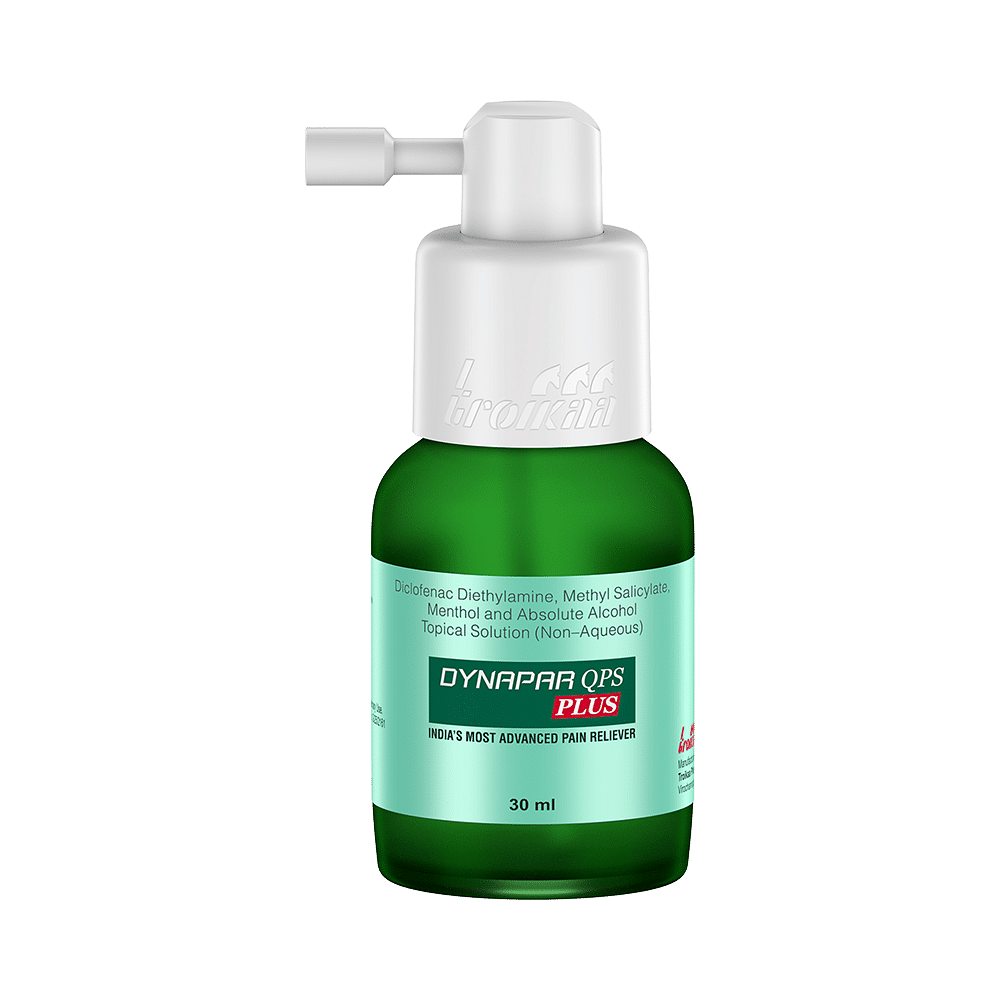
Diclonova 1% Gel
Manufacturer
Lupin Ltd
Salt Composition
Diclofenac (1%)
Key Information
Short Description
Diclonova 1% Gel is used to relieve pain and reduce swelling in your joints and muscles, treating various injuries such as sprains, strains, and bruises, tendonitis, and osteoarthritis.
Dosage Form
Gel
Introduction
Diclonova 1% Gel may be used 2 to 4 times a day on the affected area depending on how severe your condition is. It should be applied slowly and evenly to the skin until it is rubbed in. You should not use it too often and you should not cover the treated area with a bandage or plaster. It is a safe medicine with few side effects, but you may get a skin rash, itching, reddening or burning of the skin. Occasionally a skin rash may be a sign of severe allergic reaction. Tell your doctor straight away if you get a rash with blistering. Diclonova 1% Gel is not recommended if you are pregnant or breastfeeding and you should not use it if you are already taking diclofenac (or other similar) tablets.
Directions for Use
This medicine is for external use only. Use it in the dose and duration as advised by your doctor. Check the label for directions before use. Clean and dry the affected area and apply the gel. Wash your hands after applying unless hands are the affected area.
Safety Information
Side Effects
No common side effects listed.
Breastfeeding Warning
Diclonova 1% Gel is probably safe to use during breastfeeding. Limited human data suggests that the drug does not represent any significant risk to the baby.
Pregnancy Warning
Diclonova 1% Gel is unsafe to use during pregnancy as there is definite evidence of risk to the developing baby. However, the doctor may rarely prescribe it in some life-threatening situations if the benefits are more than the potential risks. Please consult your doctor.
Interacting Medicines
Nimesulide Oxyphenbutazone Metamizole
How it works
Diclonova 1% Gel is a non-steroidal anti-inflammatory drugs (NSAID). It works by blocking the release of certain chemical messengers that cause pain and inflammation (redness and swelling) on the skin.
Quick Tips
Diclonova 1% Gel is applied to the skin to relieve inflammation and pain of joints and muscles. It is less likely to cause stomach side effects as compared to oral medication. Gently massage it into the skin of the affected area. Do not cover the area being treated with airtight dressings such as bandages as these may increase the risk of side effects. Do not apply to broken, diseased, infected, inflamed or irritated skin, or to open wounds. Avoid getting it in the eyes, mouth or nose. Rinse with cold water if you accidentally get it in these areas. It may increase the risk of sunburn. Avoid exposing the treated area of skin to excessive sunlight. Do not use it for longer than 14 days unless recommended by your doctor.
Related Medicines

Dynapar Qps Plus Topical Solution

Traumanil 1% Gel

Dolfre 1% Gel

Serrini Nano IN 1% Gel

Vozox 1% Gel

Diclodyne 1% Gel

Nexonac 1% Gel

Adiflam 1% Gel

Misonac Gel

Diclotroy Qps Plus Solution
Frequently asked questions
Does Diclonova 1% Gel work for back pain?
Diclonova 1% Gel is a safe and effective option for treating joint pain, particularly in cases of arthritis. It may also be used to treat acute neck pain, back pain, tendonitis, and sprains and strains.
Can I use Diclonova 1% Gel for osteoarthritis in the hip?
Diclonova 1% Gel is not recommended for hip pain. The hip joint is located deep within the body, making it unlikely for this medication to be absorbed deep enough under the skin to help with joint pain in the hip.
How to use Diclonova 1% Gel?
Gently rub Diclonova 1% Gel onto clean, dry skin using your hands. Apply it four times a day for optimal results. You may experience some relief within half an hour; however, full benefits typically appear after several days of consistent use. Avoid applying to areas with cuts, open wounds, infections, or rashes. Consult your healthcare professional if you have any doubts. Wash your hands thoroughly after application and wait at least one hour before washing the treated area if the gel is on your hands. It's also advisable to keep the treatment site away from direct sunlight as it may induce a skin reaction.
How long should I use Diclonova 1% Gel?
Use this topical medication for as long as prescribed by your doctor for optimal benefits.
Can I use any other moisturizer or sunscreen after applying Diclonova 1% Gel?
It is not recommended to apply other topical products, such as lotions, and sunscreens on the same area of skin where you apply Diclonova 1% Gel. These may affect how your skin absorbs the medication.
Can I use a heating pad or put a bandage on the area after applying Diclonova 1% Gel?
It is not advisable to use a heating pad or bandage on the area where you apply this gel. This may increase absorption of the medication, potentially leading to unintended side effects.


